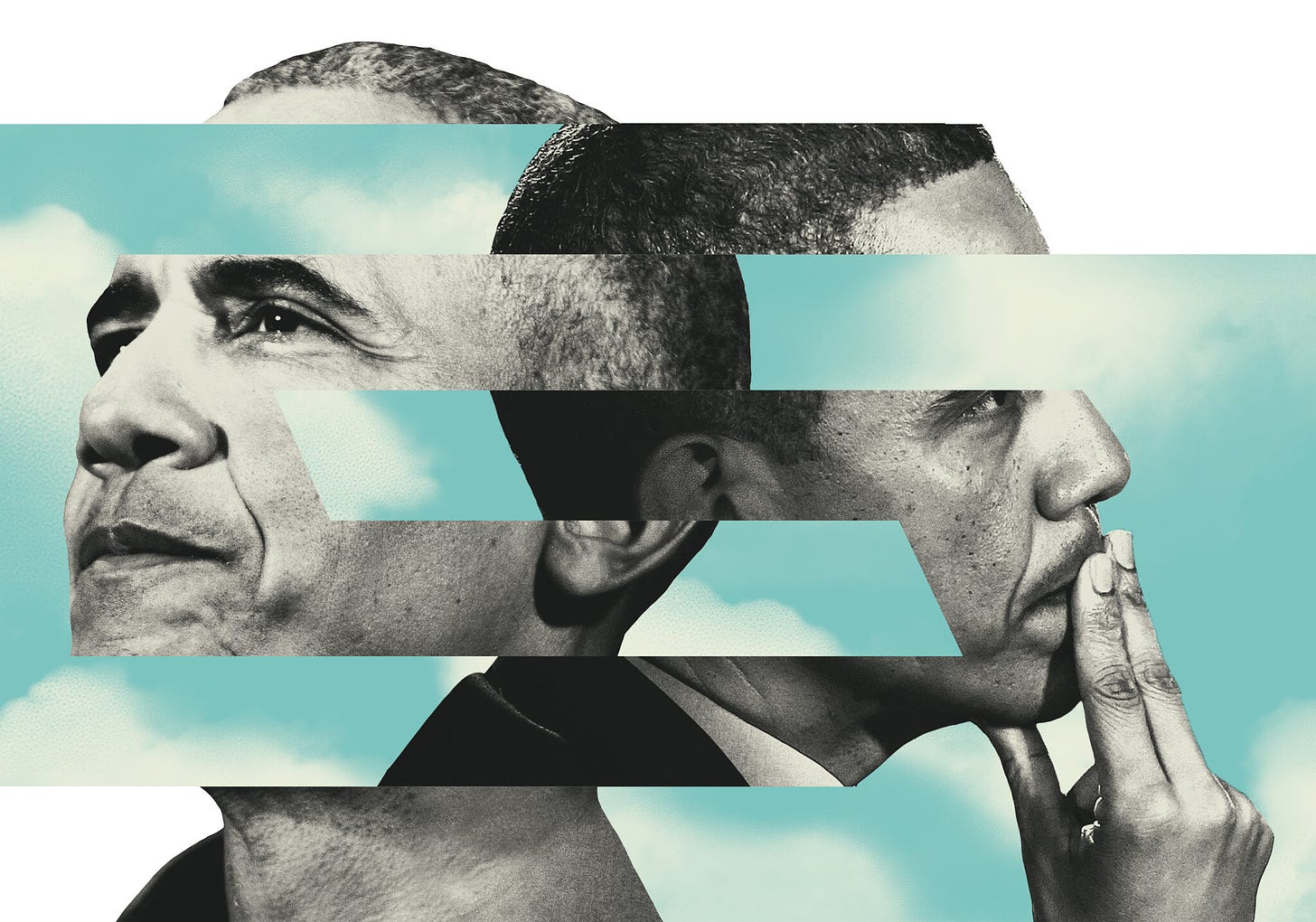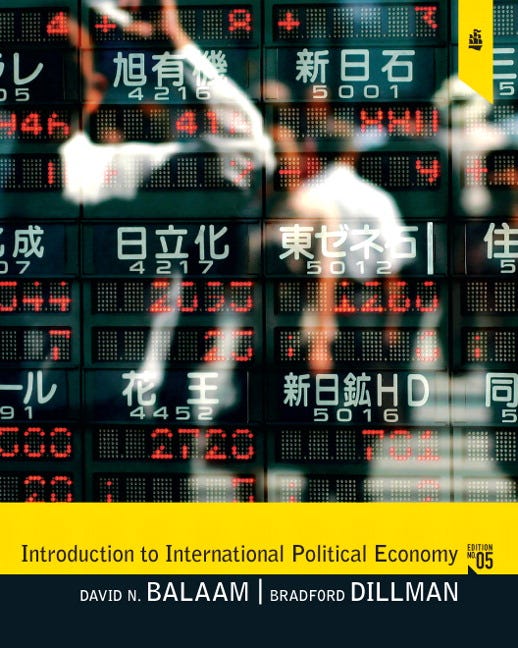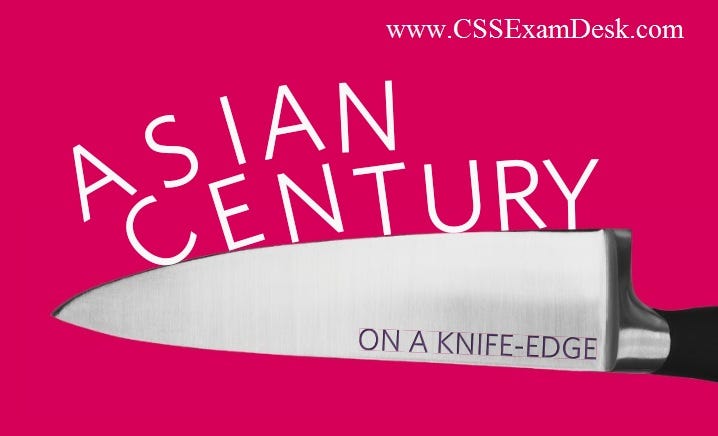Barack Obama, A Promised Land
[fusion_builder_container hundred_percent=”no” hundred_percent_height=”no” hundred_percent_height_scroll=”no” hundred_percent_height_center_content=”yes” equal_height_columns=”no” menu_anchor=”” hide_on_mobile=”small-visibility,medium-visibility,large-visibility” status=”published” publish_date=”” class=”” id=”” link_color=”” link_hover_color=”” border_size=”” border_color=”” border_style=”solid” margin_top=”” margin_bottom=”” padding_top=”” padding_right=”” padding_bottom=”” padding_left=”” gradient_start_color=”” gradient_end_color=”” gradient_start_position=”0″ gradient_end_position=”100″ gradient_type=”linear” radial_direction=”center center” linear_angle=”180″ background_color=”” background_image=”” background_position=”center center” background_repeat=”no-repeat” fade=”no” background_parallax=”none” enable_mobile=”no” parallax_speed=”0.3″ background_blend_mode=”none” video_mp4=”” video_webm=”” video_ogv=”” video_url=”” video_aspect_ratio=”16:9″ video_loop=”yes” video_mute=”yes” video_preview_image=”” filter_hue=”0″ filter_saturation=”100″ filter_brightness=”100″ filter_contrast=”100″ filter_invert=”0″ filter_sepia=”0″ filter_opacity=”100″ filter_blur=”0″ filter_hue_hover=”0″ filter_saturation_hover=”100″ filter_brightness_hover=”100″ filter_contrast_hover=”100″ filter_invert_hover=”0″ filter_sepia_hover=”0″ filter_opacity_hover=”100″ filter_blur_hover=”0″][fusion_builder_row][fusion_builder_column type=”1_1″ layout=”1_1″ spacing=”” center_content=”no” link=”” target=”_self” min_height=”” hide_on_mobile=”small-visibility,medium-visibility,large-visibility” class=”” id=”” hover_type=”none” border_size=”0″ border_color=”” border_style=”solid” border_position=”all” border_radius=”” box_shadow=”no” dimension_box_shadow=”” box_shadow_blur=”0″ box_shadow_spread=”0″ box_shadow_color=”” box_shadow_style=”” padding_top=”” padding_right=”” padding_bottom=”” padding_left=”” margin_top=”” margin_bottom=”” background_type=”single” gradient_start_color=”” gradient_end_color=”” gradient_start_position=”0″ gradient_end_position=”100″ gradient_type=”linear” radial_direction=”center center” linear_angle=”180″ background_color=”” background_image=”” background_image_id=”” background_position=”left top” background_repeat=”no-repeat” background_blend_mode=”none” animation_type=”” animation_direction=”left” animation_speed=”0.3″ animation_offset=”” filter_type=”regular” filter_hue=”0″ filter_saturation=”100″ filter_brightness=”100″ filter_contrast=”100″ filter_invert=”0″ filter_sepia=”0″ filter_opacity=”100″ filter_blur=”0″ filter_hue_hover=”0″ filter_saturation_hover=”100″ filter_brightness_hover=”100″ filter_contrast_hover=”100″ filter_invert_hover=”0″ filter_sepia_hover=”0″ filter_opacity_hover=”100″ filter_blur_hover=”0″ last=”no”][fusion_text columns=”” column_min_width=”” column_spacing=”” rule_style=”default” rule_size=”” rule_color=”” hide_on_mobile=”small-visibility,medium-visibility,large-visibility” class=”” id=”” animation_type=”” animation_direction=”left” animation_speed=”0.3″ animation_offset=””]
Barack Obama, A Promised Land (New York: Penguin Random House, LLC, 2020), 902
A Promised Land is one of the best written autobiographies of Barrack Obama. Centered on seven main parts and twenty five chapters, the entire personal life and political journey of Obama is covered in a lucid and proportionate manner. His signature limpid prose and keen political observations, make this book an important primer for those who want to get initiated into the details of the American political system from the grass root level right up to the top.
First part of the book comprises of four chapters. In this part, Obama dwells on his family details, initial schooling, some baby steps in the political journey and plunge for the Senate race. Obama writes passionately of his mother Ann, who by all accounts, was an extraordinary woman. She courageously defied conventions and lived life as per her own ideals.
Married to Obama’s Kenyan father, his mother was a bigger influence on him compared to his father, whom he did not know much. His mother instilled reading habits in him right from the childhood and Obama describes himself as a “young Walter Mitty, a Don Quixote with no Sancho Panza.” Due to his racial difference, he was a sensitive young man to whom Harlem and Bronx were a stark reminder of the slavery. After his initial graduation, Obama aimed for monumental ideals but had nowhere to go. In that time of ambivalence, Harold Washington, a legendary black Mayor of Chicago, inspired Obama to run for a public office instead of mere academic accomplishments. Obama, after earning a prestigious law degree from Harvard, decided not to assist in a law firm but to enter community service while practicing law in a firm that Obama’s sojourn in Indonesia and Hawaii had given him a cosmopolitan outlook. Despite the racial discrimination in the United States (US), Obama expresses his adore for the country with pride. Being part of a country that embraced democracy and rule of law both at home and abroad is graciously appreciated by him.
Obama writes that the value of an American rule based democracy dawned more on him when he lived in Indonesia and Kenya where human rights and democratic deficit stood in sharp contrast to the American democracy. This instilled value of politics and democracy as an instrument of inclusive participation. Value of a society and political culture thus allowed by implication is generously treasured by him in his book.
After his marriage to Michelle Obama in 1992, which brought a pleasant change to his life, he got a lucky break to run as a Congressman in Illinois. Despite many challenges, like pork barrel politics and bareknuckle political conflicts in Chicago, Obama persevered and won his race as a Congressman.
His next step on the political journey was a race for Senate. He competed on the basis of his charisma and political convictions to make some difference to the lives of the people. Obama, as an aspiring Senator, opposed the Iraq War 2002, by calling it “a dumb war” as Saddam Hussain posed no imminent threat. On the contrary, Bush should have finished the job against Al Qaeda, wean US off Middle East and stop supporting repressive regimes. Envisioning it presciently, Obama criticized Iraq War and disbanding of Sunni Army that would plunge Iraq into crises…an eventuality that actually came to pass in the end. He also stood up for the rights of the black in the wake of skeptical handling of Hurricane Katrina by the US administration.
Obama wanted to make some difference as a US Senator before Iraq War and Hurricane Katrina as his prime mission. In fact, Iraq and Katrina mainly changed his beliefs since he realized that to bring fundamental changes in policy, he needed to get to the top.
In the second part of his book, comprising chapters five to nine, Obama lets on some of his foreign policy thoughts. He believed that the diversion of troops away from Afghanistan towards Iraq led to the strengthening of Taliban in Afghanistan. This caused needless US casualties in Afghanistan. He also criticized Bush administration’s policy of not attacking terrorists in Pakistan on the pretext of respecting Pakistani sovereignty. Obama believed that since Osama bin Ladin was in Pakistan, the US was justified in attacking him there.
Obama in the middle chapters presents glimpses of his foreign policy ideas. Iraq War for instance, was badly bungled by Paul Bremmer and Donald Rumsfeld. It was opposed by the leaders in the Democratic Party like Chuck Hagel and Jack Reed. Obama had a clear idea of the futility of Iraq War and the under resourcing of an ambitious Afghan Project. At that time, Obama was hopeful as a Senator and was conscious of a double identity; one as an American and the other as an African American. The underdog image of a black American weighed on him, giving him a special sensitivity for the problems of deprived communities and races. Obama mentions that he ran for the office of a US Senator with an active encouragement of his inspiration of Ted Kennedy in the Democratic Party.
In the third part of his book, comprising on chapters ten to thirteen, he mentions his Senate years as a junior most Senator at number 99. It was during this phase he entertained the hopes of running as a US President by an active encouragement of the mentors like Ted Kennedy. Kennedy suggested that “you do not choose time, time chooses you.” Obama always believed that the most important duty of a president was to keep the American people safe. He showed his preference for public diplomacy and soft power as essential ingredients of US foreign policy. In the fourth part of the book, Obama delves in his journey of Presidential campaign which framed his political campaign. He wrote vividly of his campaign staff especially his speech writer Ben Rhodes.
Obama has also shared his experiences of visits to a few countries after his presidential campaign. Putin was referred as a leader of a criminal syndicate, the real power in Russia. Saudi Arabia was mentioned as a place “where all colours had been muted.” About China, he was clearly prescient that it was a country that would ultimately challenge the US global preeminence. His observations about the Indian Prime Minister are also interesting. He mentions that “Manmohan Singh had engineered the modernization of the nation’s economy. Gentle, soft spoken economist in his 70s, managed to lift millions from poverty.” He however, sees India as “a chaotic, and impoverished place, largely divided by religion and caste, captive to whims of corrupt local officials and power brokers, hamstrung by parochial bureaucracy that was resilient to change.” It is indeed a scathing indictment of the Indian system of governance.
Obama lays out his public welfare achievements in chapters fourteen and fifteen dwelling mostly on Medicare and Medicaid. He recalls his own chagrin as a parent when he encountered medical emergency and discovered the flaws of the health coverage. 43% of the US people were medically uninsured when Obama came to power as President with premiums hovering around 97%. A major health care reform meant restructuring of 1/6th of the US economy. Obama borrowed Mitt Romney, a Republican Senator’s health care idea and introduced it as Obamacare. Obama felt the opposition to his ideas from big pharma, import lobbies and the insurance mafia but he persevered for the greater good of the deprived people. He faced personal attacks from Tea Party for his faith and ineligibility for the high office but displayed a tolerance for the views of his detractors. Surprisingly, he shows a soft corner for the Tea Party hate peddlers by acknowledging some of their genuine concerns about the economic injustices in the US political system.
Obama’s observations on South Asia particularly, Afghanistan and Pakistan provide some interesting angles into his convictions about the Afghan War. Obama spots an unintelligent handling of Afghan issue due to the US overindulgence with the military commanders and Pentagon, apart from relying on the Afghan leaders like Hamid Karzai. They were not proficient in playing off one power broker against another. The nation building project instead of the narrow focus on counter terrorism was the main flaw of the US Afghan policy according to Obama. The Vice President Joe Biden was also a proponent of counter terrorism approach wherein a small counter terrorism force should be deployed to counter Al Qaeda instead of deploying a large number of troops for nation building.
Obama shows his frustration with the US military top brass by saying that they had become so accustomed to getting everything during the Bush administration that when he started questioning them the logic of their demand they resented the idea. When General McChrystal asked for 40,000 more troops in Afghanistan for counterinsurgency task, Obama demurred. McChrystal was supported by Mike Mullen CJCSC and General David Petraeus and hence, the whole debate was cleverly diverted to press. Obama was so exasperated that he fumed, “Is it because I am young and did not serve in the military? Is this because they don’t like my politics?” Obama finally confronted his military brass and gave them dressing down before conceding to their demand of additional troops for a final counter insurgency effort in Afghanistan albeit a lesser number i.e. 30,000 troops.
The book’s last chapters cover Obama’s operation in Pakistan. He states that after getting a clear lead about Osama bin Ladin’s presence in Abbottabad, he sanctioned the raid. Two Blackhawks with 23 Seals and a Pakistani CIA translator along with a dog named Cairo, took off from Jalalabad. They took part in the operation. The operation called Neptune Spear was monitored by the President and his team at White House. After some tense moments when one of the Blackhawks crash landed, things went back in control. Osama bin Ladin was killed and the body was flown back to Jalalabad. When Obama spoke to Pakistani President Zardari about the operation, he showed no resentment. He instead welcomed the operation and mentioned his late wife as a victim of terrorism. Obama felt relieved. When Mike Mullen called the then COAS General Kayani he also expressed his consent and asked the American counterpart to ensure absolve of the US on all details so that Pakistani people could be explained the reasons of operation. The US operation on Pakistani soil was a reflection of the Obama’s long held conviction of going for any legitimate target that threatened US interests in Pakistan. Some of the interesting lessons that emerge out of the book that give glimpses of the future US policy about Afghanistan and Pakistan include the futility that the Democrats see of a nation building effort in Afghanistan as opposed to a focused counter terrorism effort. Second is the democrats’ belief in public diplomacy, soft power initiatives, student exchange programs and economic linkages that might be of better benefit to war torn Afghanistan and Pakistan too. The Democrats’ disdain, especially for Joe Biden about the Generals running the Afghan and Iraq Policy, might also reflect itself in a less militarized foreign policy in future. The book is an excellent primer on the US political and economic system and foreign policy preferences of the US administration. Obama’s own journey comes out as a singularly inspiring tale of determination and perseverance while breaking new grounds for the racially deprived and dispossessed communities. His life’s journey captures American dream of a mixed race child who rises to the very top battling his own inner demons about dual identity and race discrimination. The journey was tough yet he never despaired and always kept faith in the opportunities that different challenges offered him at all stages. Written by Rashid Wali.
[/fusion_text][/fusion_builder_column][/fusion_builder_row][/fusion_builder_container]




